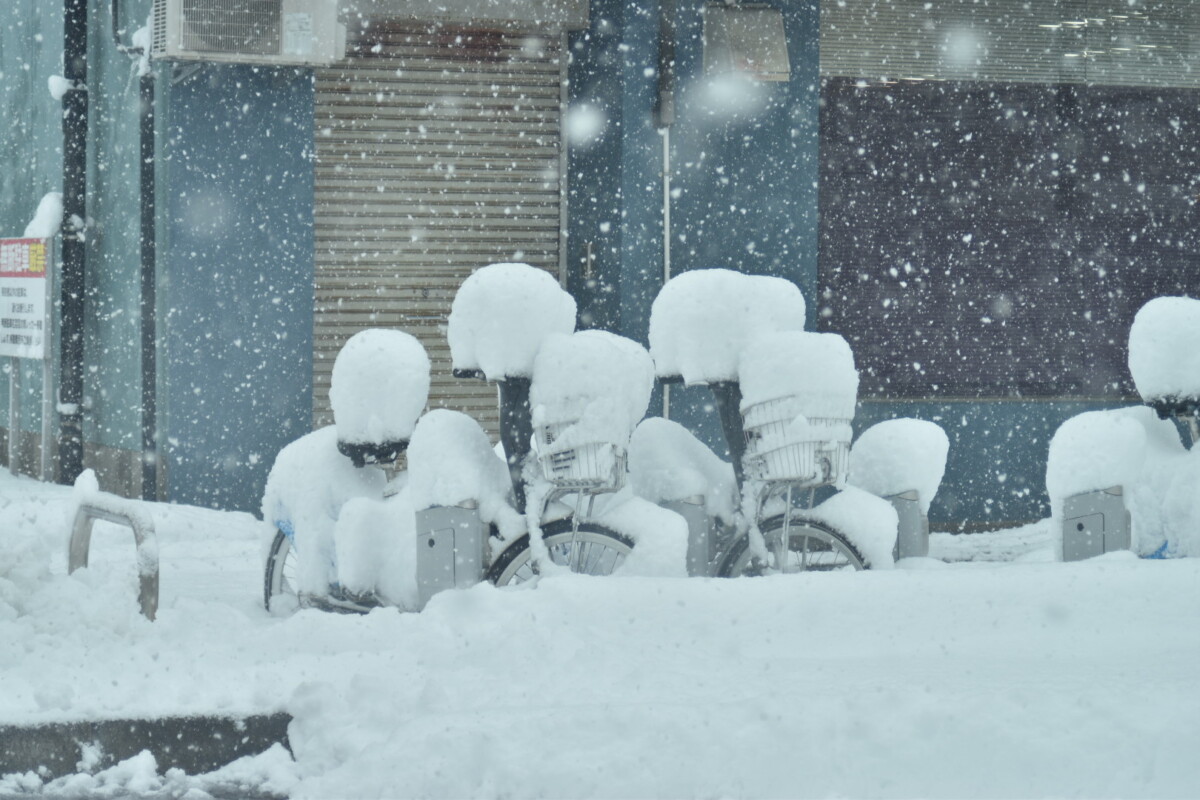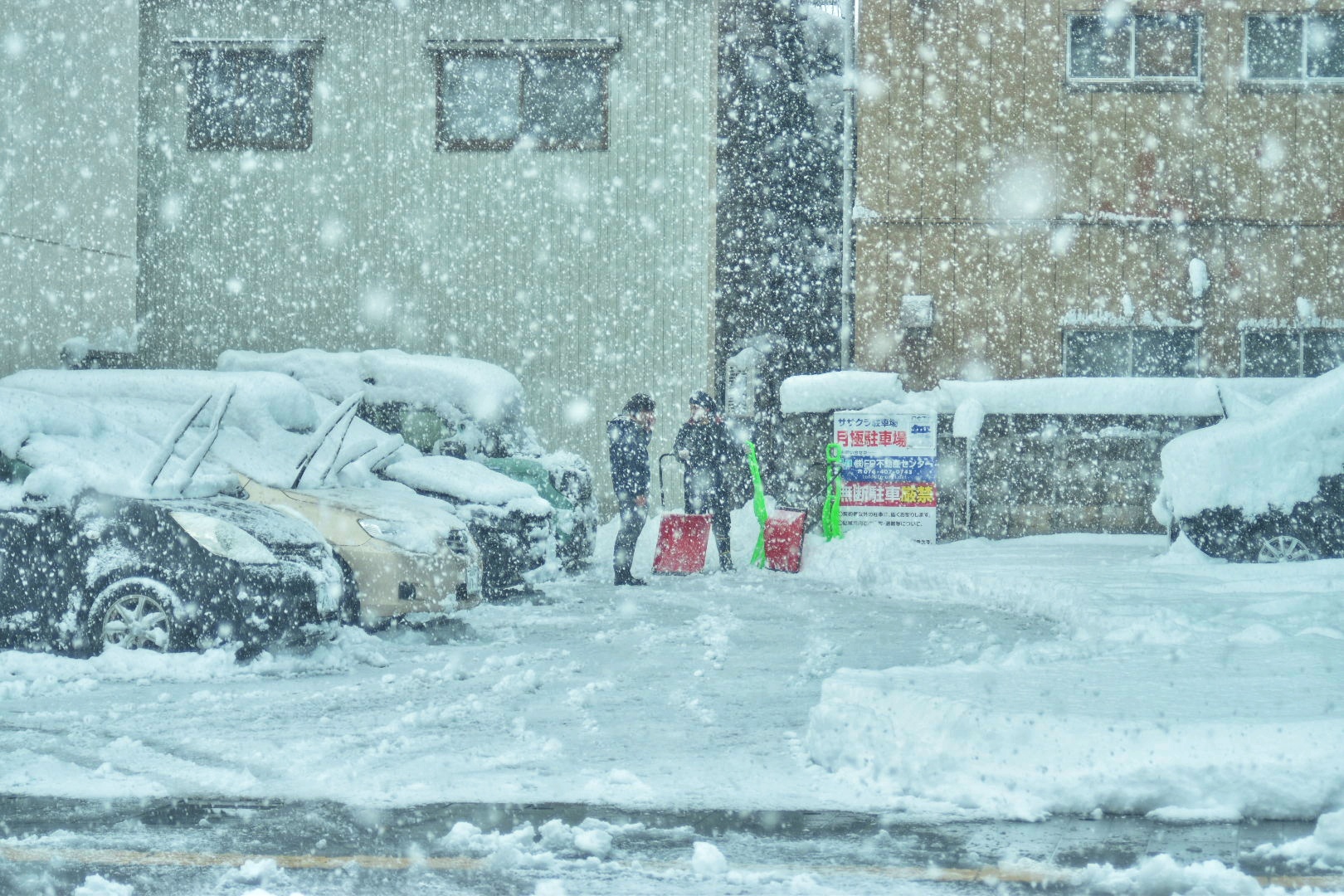The Art of Snow Shoveling
Based on Article 83 of the Self-Defense Forces Law, the Governors of Fukui and Toyama prefectures have requested the Self-Defense Forces to assist with disaster relief (as of the time of writing).
When I saw the Self-Defense Forces vehicles heading towards the Hokuriku region on TV, I couldn’t help but feel a sense of reassurance, as though a group of heroes had arrived.
However, a simple question crossed my mind: How do Self-Defense Forces personnel handle snow shoveling during disaster relief in heavy snowfall areas? Given their level of training and expertise, they must have effective methods for snow removal.
If the locals living in snowy regions like Hokuriku could learn these techniques, life in these areas would surely become more manageable. In fact, these skills could even come in handy when building massive igloos or slides that would delight children.
Throwing Snow in Cube Shapes Horizontally
As I looked into the Self-Defense Forces, I discovered that they actively share survival techniques useful for everyday life.
For instance, the Ministry of Defense and the Self-Defense Forces published the Disaster Prevention Book (by Magazine House), and they also run a Self-Defense Force LIFEHACK CHANNEL on YouTube.
You can find valuable information that’s directly applicable to living in snowy regions, including the art of snow shoveling.
In areas with heavy snowfall, the Self-Defense Forces are tasked with fast, efficient, and organized snow shoveling. Naturally, they have developed specialized techniques for the tools and methods they use.
According to the video above, Self-Defense Forces personnel use at least two types of shovels:
- A small pointed shovel for delicate tasks, such as breaking up hard or compacted snow.
- A large, square-shaped shovel for clearing larger amounts of snow.
The technique for using the square shovel is as follows:
- Drive the shovel into the snow four times to create a square section of snow.
- Scoop up the snow cube.
- Throw the snow cube horizontally about 2 meters ahead, aiming for the ground.
I tested this technique myself while shoveling snow from my parking lot and clearing a path for my kids to the nearby park.
The result? It worked wonders.
By scooping and throwing small snow cubes, I was able to avoid unnecessary strain on my legs and back, allowing me to work faster and longer.
This Self-Defense Force-style method of snow shoveling is especially useful for older adults or those with physical limitations.
Dividing the snow into cubes also reduces the risk of breaking plastic shovels, which are often less durable.
This method works well not only for fresh snow but also for compacted snow, such as the heavy piles found at the boundary between parking lots and sidewalks, around houses where snow has fallen off roofs, or snow that has absorbed a lot of water.
From here on, we’ll go into more detail on other helpful techniques, so give them a try.
(A note from the deputy editor of Hokuroku: Next, we’ll explore how to tie a lifeline, which is essential when shoveling snow from high places like roofs.)











Like op-ed
For this article, we are waiting for your positive, constructive and responsible opinions and comments. Only members can post.
Only members can post. please login.